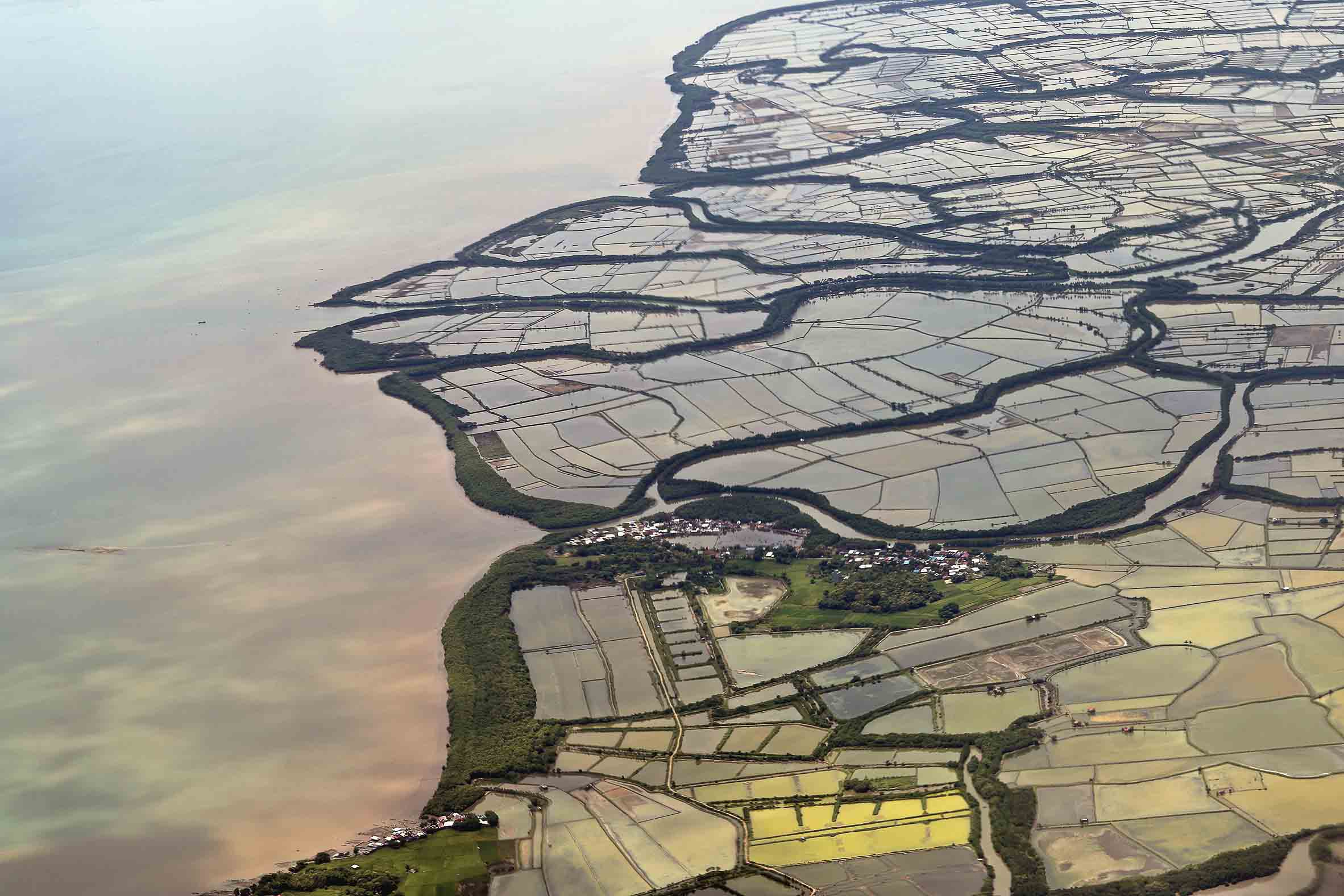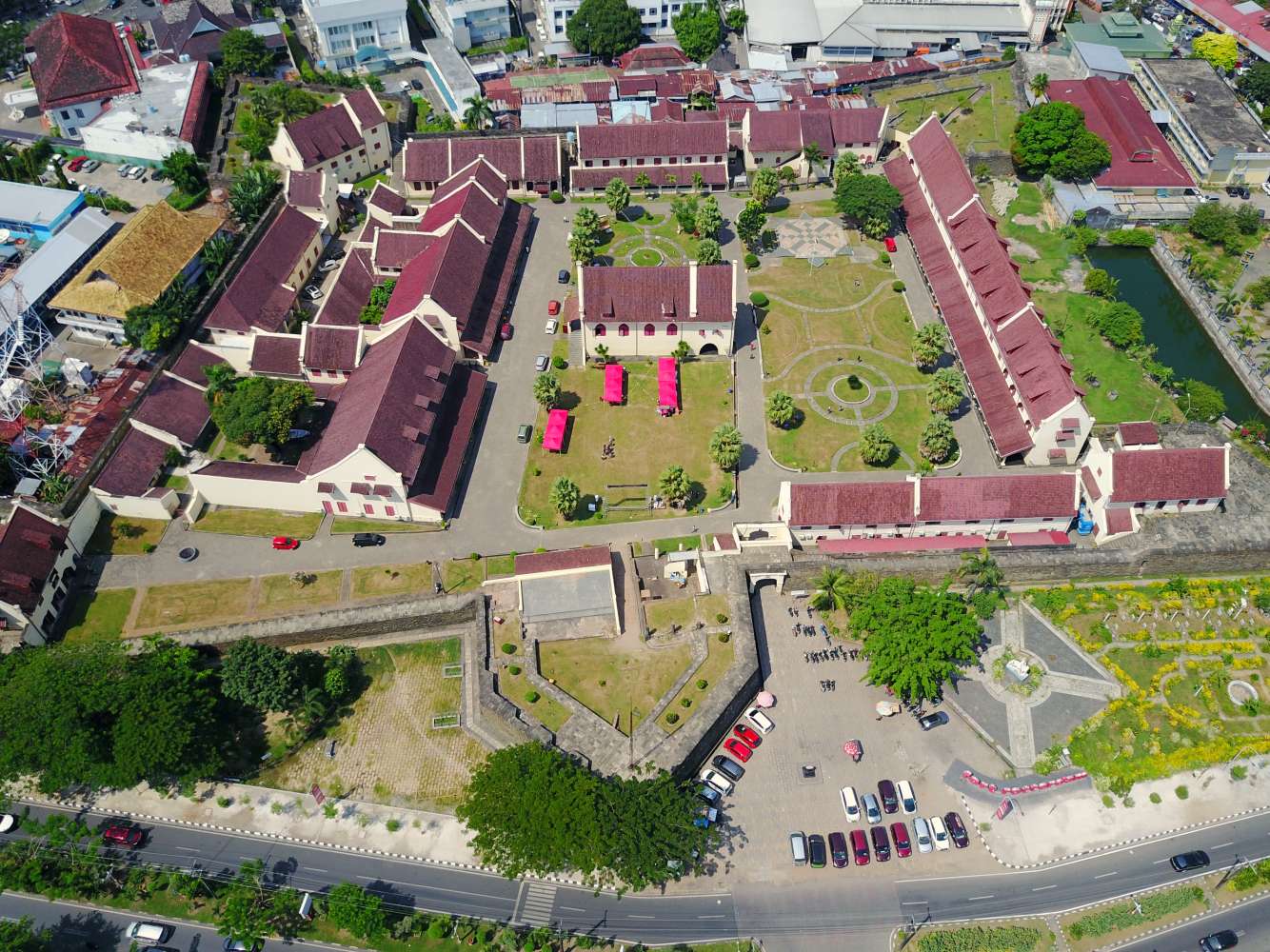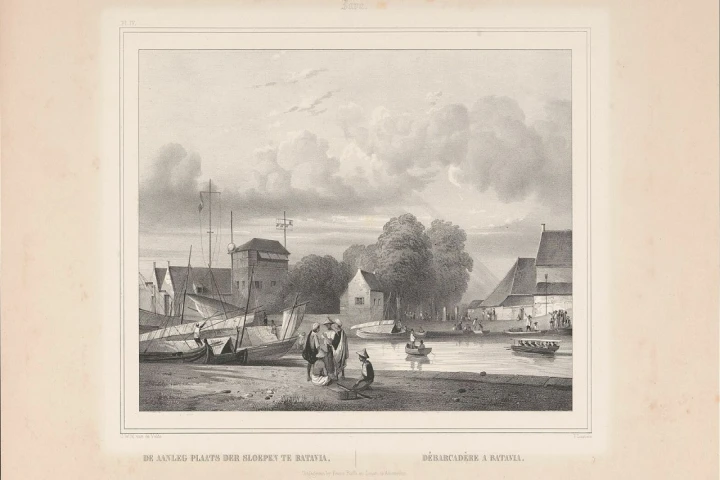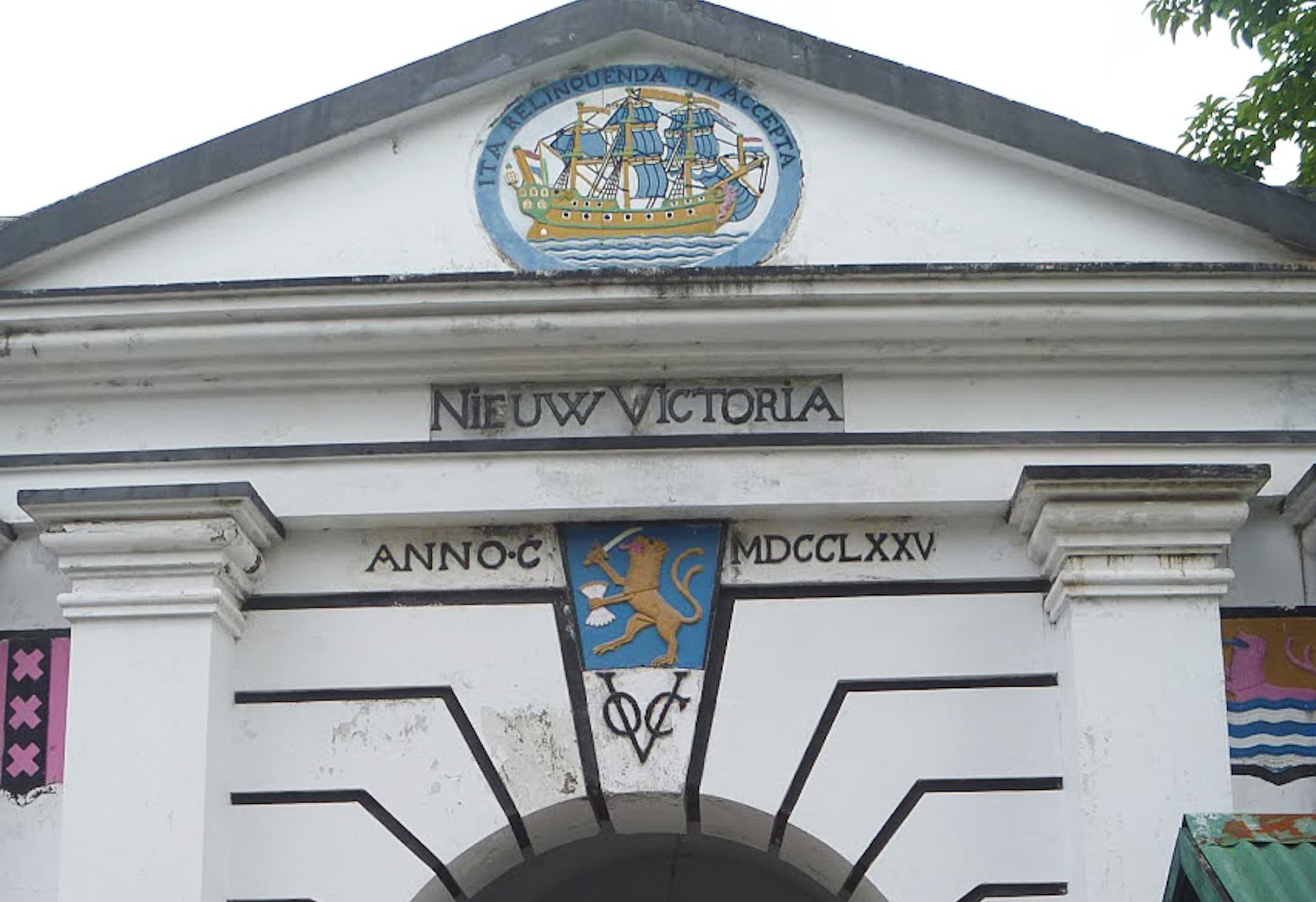
Besides a commodity, spices triggered the emergence of cultural acculturation, seen in the forts, as the settler’s traces. Fort Victoria Ambon, Maluku, is inseparable from the role of spices as the main attraction for both local and international traders.
Fort Victoria is located in Uritetu Village, Sirimau district, Ambon, Maluku Province. The fort is bordered by road and sea in the north; a residential area in the east; a highway in the south; and a road and gas station in the west. Today, Fort Victoria is under Kodam XVI Pattimura and functions as the dormitory headquarters of Indonesian National Armed forces and the Headquarters of Kavaleri Kodam XVI Pattimura Battalion.
Formerly named Nossa Senhora da Anunciada, Fort Victoria was built by the Portuguese in 1575. The name was related to the groundbreaking on the same day as the Ascension Day of Jesus (‘Anunciada’). In 1605, the Dutch took over the fort under the leadership of Admiral Steven van der Hagen, and they changed its name to Victoria. As a result of the repeated and heavy renovations caused by earthquakes, the fort was then named ‘Nieuw Victoria’.
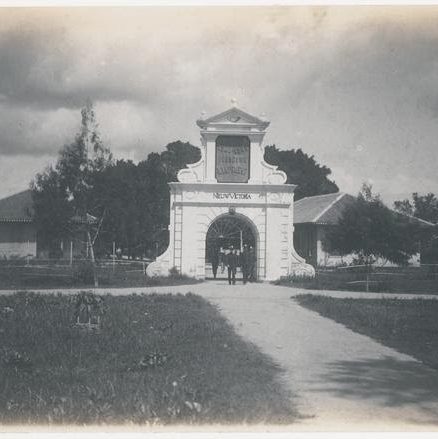
Picture: Fort Nieuw Victoria
Initially built by the Portuguese, Fort Nieuw Victoria consists of bricks, limestone, and natural stones. There were two doors as the entrance and exit access, with one door facing the sea and the other facing the land. On the old map, the one that faced the sea stood perpendicularly to the dock. Docks were significant, for they functioned as a place to load and unload the spices to export, even to European markets.
The fort was the origin of the city of Ambon, which once became the central government of VOC before it was moved to Batavia by Jan Pieterzon Coen. Unfortunately, the fort suffered significant damages a couple of times due to earthquakes in Ambon and its surroundings in 1643-1644 and 1673-1674.
VOC built several buildings inside the fort, functioned as military interests and settlement; barracks, armory, ammunition warehouse, and all the rest. Some of the buildings still exist, and some have fallen to pieces. Two remaining buildings in the fort are the sentinel security post and armory. Besides the buildings, the fort walls also stand firm, including one of the gates.
In 1689, they renovated and expanded the fort. A Governor’s residential house was also built outside the fort and across the church. In 1754, a great earthquake shook the city and its surroundings and destroyed the fort and other buildings. During the reign of Governor van Pleurren around 1775-1785, they conducted a massive renovation to the defense building that changed the whole view of the fort. The change resulted in the name “Nieuw Victoria”.
On February 17th, 1795, Mayor Alexander Cornabe handed over the fort to the English Admiral Rainier without resistance. In 1802, the Dutch managed to regain their colony from the English, and on March 25th, 1817, England officially handed over the fort to the Dutch.
__________
Sources
National Registration System of the Cultural Heritage. Cagarbudaya.kemdikbud.go.id. accessed on 25 October 2020 from https://cagarbudaya.kemdikbud.go.id/public/objek/detailcb/PO2015110100651/benteng-nieuw-victoria.
Center for Educational and Cultural Data and Statistics, the Ministry of Education and Culture. (2019). Profil Budaya dan Bahasa Kota Ambon Provinsi Maluku.
Picture http://hdl.handle.net/1887.1/item:887211
__________
Written by Syahidah Sumayyah
Editor: Doni Ahmadi
Translation: Dhiani Probhosiwi



